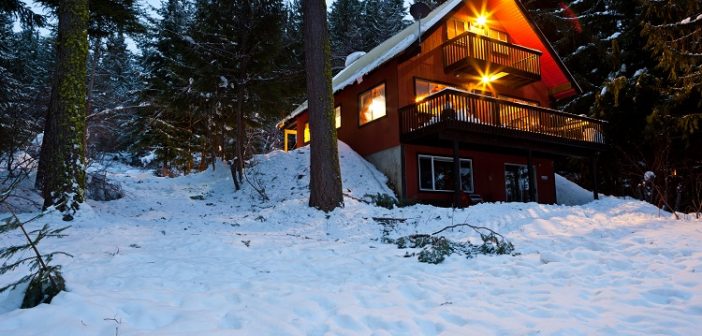Firewood is available in a completely new form today that has come a long way from the old days when using logs and tree branches was the only way of using it. Today, you can select from a range of options like pellets, briquettes, chips, sawdust etc. and Billigt Brænde, a Danish biofuel supplier, can supply the specified firewood right at your doorstep within 1-3 days of ordering depending on your location in Denmark. The purpose of using fuel, whether for cooking or heating and the type of combustion equipment used determines the choice of fuel type. For example, if you have coal-fired equipment, you can use it for wood pellets or chips by making some small modifications.
Firewood quality
Firewood can be hardwood and softwood. Softwood burns quickly but produces less heat as it has low energy content per volume, although it is the same in terms of weight for both hardwood and softwood. The energy content of firewood is dependent on its moisture content, and it seems quite logical as wet wood takes a long time to burn and produces less heat. Firewood of good quality means dried wood that has the least moisture content because the drier is the wood lesser would be the energy required to drive out the moisture and more energy would be available for heating or cooking.
Burning of firewood – how it happens
Firewood will not burn on its own unless the situation is favorable for it to catch fire. When you light firewood, it goes through a process called pyrolysis during which the wood transforms into wood gas which is ready for combustion when mixed with some oxygen and ignited. The process of pyrolysis sets in only when the temperature reaches 300oC that generates wood gas, which is combustible. The external heat is available from a lighting source such as a match or kerosene. As the temperature keeps rising, the following starts happening.
First, is the drying phase when the wood starts losing moisture as the temperature of the biomass reaches 100oC and the excess moisture starts evaporating, leaving behind solid biomass. In the second step, as the temperature touches 300oC the process of pyrolysis sets in. In simple language, it means to break apart by fire. As the temperature rises the biomass converts into vapor, leaving behind a charred mass. The vapor consists of various carbon compounds that have fuel value and known as wood gas. The process of forming the charred mass is known as carbonization.
Both the processes of drying and pyrolysis consume heat and do not create any useful surplus heat, which is why it is an endothermic process meaning it absorbs heat. How much heat is available and the amount of heat required for frying determines the speed of the process after which pyrolysis begins. Use of air-dried firewood can speed up the drying process and reduce the requirement of heat input.
Beware of moisture
Moisture in firewood affects its fuel efficiency, and you must only use dried firewood stored in a drier place. Higher moisture reduces the energy output of fuel that burns without producing the desired heat.




